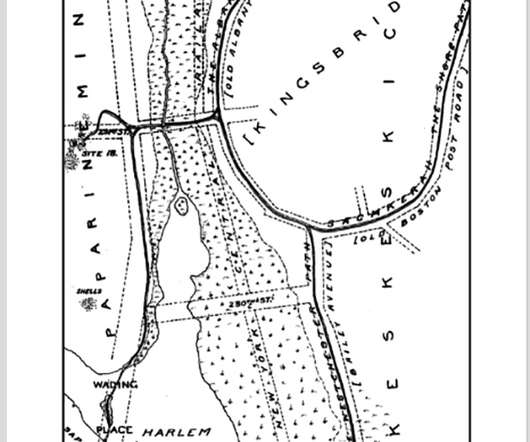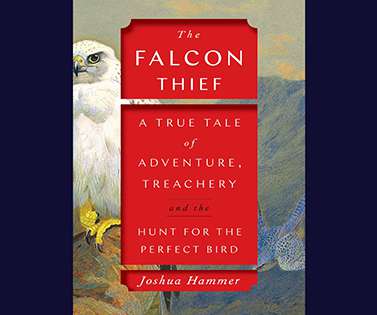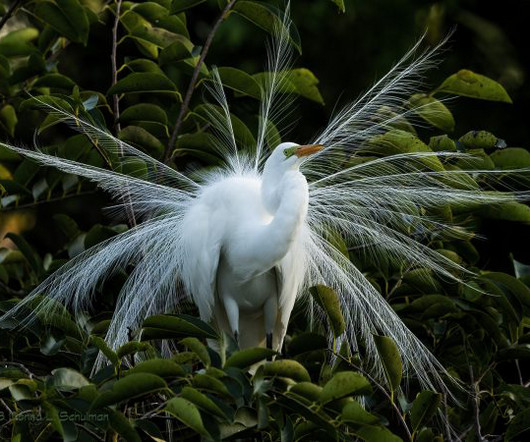Potpourri of Amazing Bird Science
10,000 Birds
FEBRUARY 17, 2015
— and link that to something abut the Great Grey Owl and my BFF Analiese Miller who is an amazing, emerging, photographer who has recently trained her 300mm Cannon F4 lens on the birds (including the Great Grey) at Sax Zim. Researchers are wondering if the die-off might spread to other birds or even fish.












Let's personalize your content